Road bikes keep winning in gravel
Jasper Stuyven won a few days ago the European and Belgian gravel championships on a Trek Domane, the bike of the diffused Gran Fondo, all road, gravel light category. A victory that puts back on the table the concept that the UCI has of gravel, so different from the reference events of the modality.
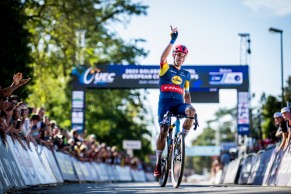
Do you need a gravel bike to race in this modality?
A year ago, after the first Gravel World Championship, a controversy arose when the main competitors in that race used their usual road bikes, with the only modification being the use of larger balloon tyres, but still smooth road tyres, except for some specific bikes that were fitted with cyclocross tyres.
In any case, minimal modifications on a road bike that, on the one hand, gave arguments to the detractors of gravel to continue with their claims that the gravel was nothing more than the umpteenth invention of the brands to sell us bikes that we did not need and, on the other hand, the most established opinion, which harshly criticized the UCI and the Italian organization of that race for designing a route with hardly any slope or technical difficulties.
RECOMENDADO

When do helmets have to be changed? Do they have an expiration date?

The best apps for cycling and mountain biking

Black Friday 2025 cycling bargains: save on Garmin, POC, Maxxis and more

Black Friday Garmin 2025: the ultimate guide to choosing your GPS at the best price
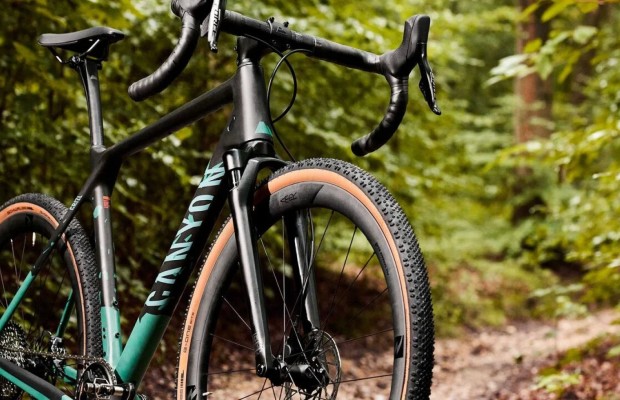
Do you need suspension on your gravel bike?

A real workout saver of only 56 min on the turbo trainer
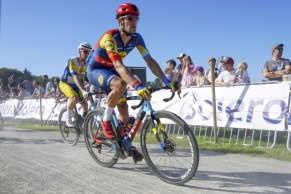
Criticisms, on both sides, that have been reproduced again a few days ago after the European Gravel Championship in the Flemish Brabant commune of Oud-Heverlee, which was also valid as the Belgian Gravel Championship. Both titles went to the winner of the race, the Lidl-Trek rider Jasper Stuyven, who was practically racing at home as he is originally from the nearby city of Leuven.
Stuyven chose, within Trek's range of bikes, the new Domane, which the brand presented in society just a year ago, mounted with cyclocross tyres. A bike framed in the catalog of the Waterloo brand in the category that is now called Allroad and that merges the old Gran Fondo bikes that the brands created for the Paris-Roubaix and then focused as the ideal option for the touring cyclist, with the original idea of gravel in which it was only about alternating asphalt and dirt tracks, perhaps some occasional trail.
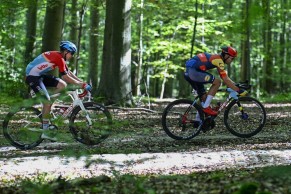
With the current focus on gravel bikes, it may seem that this is a road bike with off-road capability. However, if we consult the Trek catalog the reality is that this bike appears in both their gravel and road sections. In any case, the maximum wheel arch of 38 mm may mean that it falls short on wilder routes in terms of rocky terrain or technical difficulties more typical of mountain biking but that is where more and more modern gravel bikes are approaching.
On the other hand, the fact that this type of bike is enough to be able to win with solvency a race of these characteristics makes clear the approach that the UCI has made of the specialty and that it has little to do with the big races of the calendar such as Unbound or The Traka in which the cyclists cover distances that exceed 300 kilometers and accumulate a lot of meters of unevenness through varied terrains.
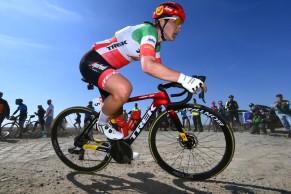
What we have seen so far leaves us, by regulation, with races of a distance of less than 200 kilometers and, also included in the international regulations, in which no more than a certain percentage of trail sections are allowed. This means that there is a predominance of tracks and wide roads where it is possible to be much more permissive with the material. This obviously makes cyclists choose more efficient and lighter bikes, as in the case of the Trek Domane ridden by Jasper Stuyven, which, after all, is the same bike that he probably used in the Paris-Roubaix race.